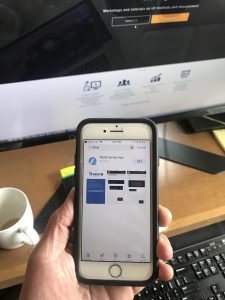
How Long Are Typical Unmoderated UX Tasks?
A common logistical consideration when planning a task-based usability study is how much time you should plan for a task. Many usability studies (especially benchmark studies) suffer from trying to do too many things. That includes asking participants to attempt too many tasks. It’s understandable why tasks get packed in—even low-cost usability testing takes time




